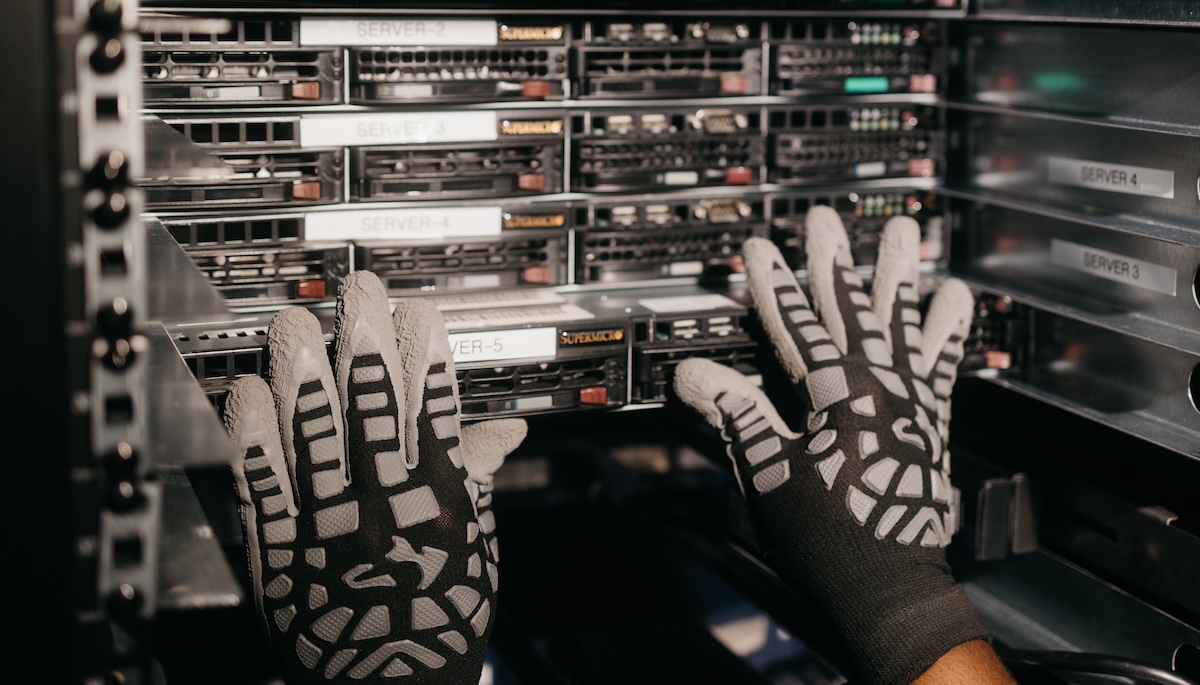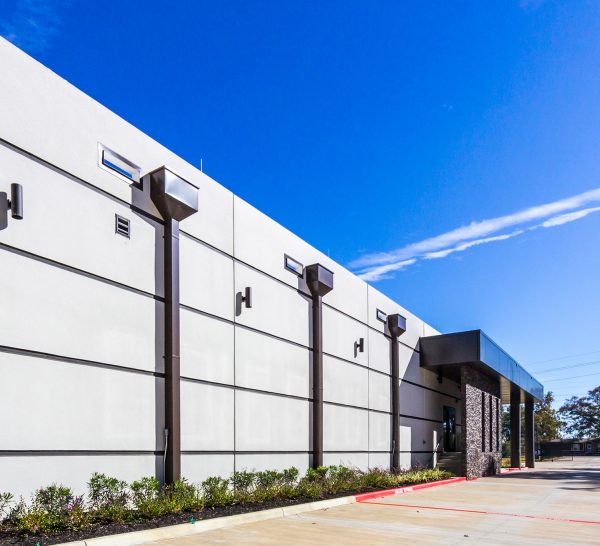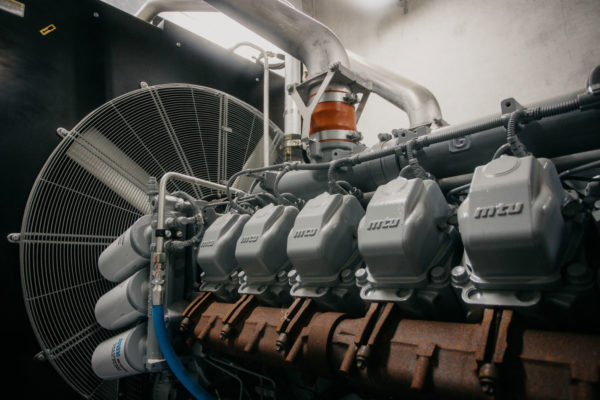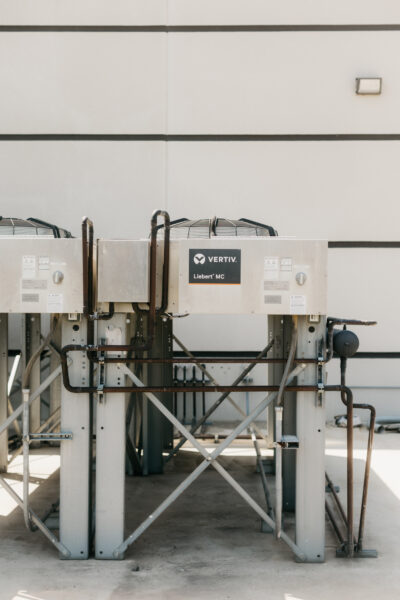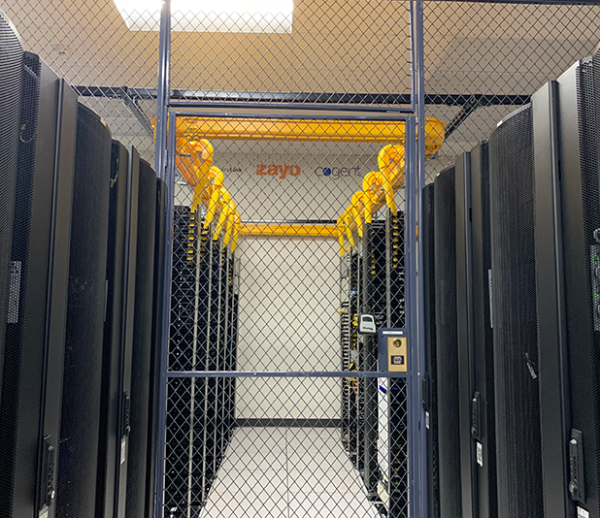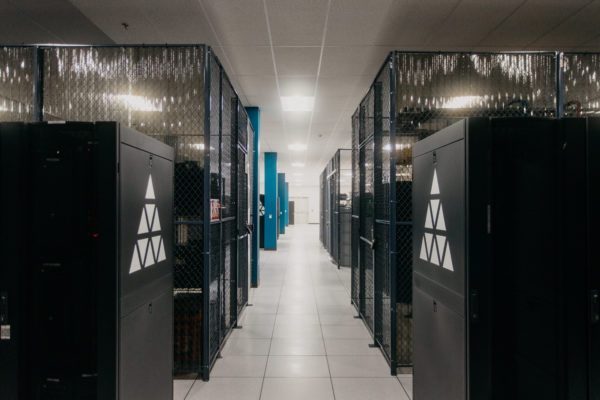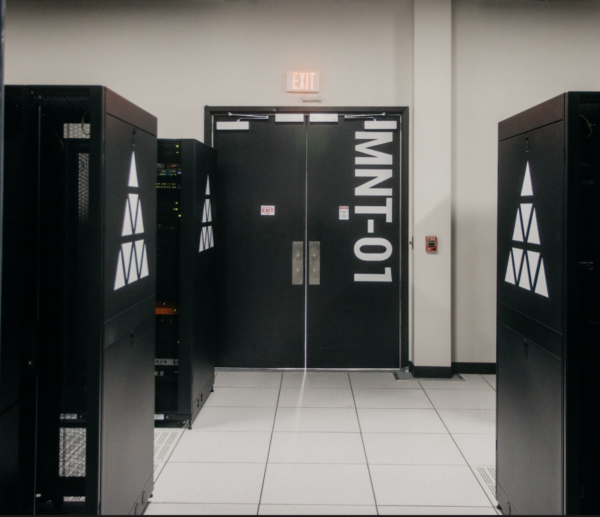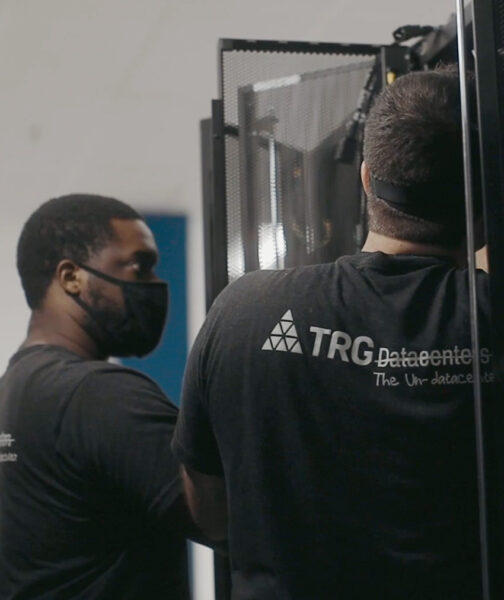When disaster hits, your systems don’t just need to survive—they need to recover fast. Businesses today face threats from cyberattacks, regional power failures, hurricanes, and internal system failures. Downtime isn’t just an inconvenience—it’s a revenue risk, a reputational hit, and in many industries, a regulatory problem.
Disaster recovery planning is no longer a technical discussion. It’s a business-critical priority. Choosing the right disaster recovery site—hot, warm, or cold—has direct implications on your recovery time, cost exposure, and operational resilience. The differences between them go beyond hardware and location. They represent different levels of readiness and investment, and each is suited to a specific business need and tolerance for risk.
Why Disaster Recovery Sites Matter
A disaster recovery site acts as your backup operating environment. When your primary systems fail, your recovery site takes over. That could mean an instant failover with zero data loss, or it could mean days of work to restore systems from scratch. How fast and how seamlessly you recover depends on what kind of site you’ve prepared.
Hot, warm, and cold sites represent three levels of readiness. Each comes with trade-offs. The right answer depends on how much downtime you can tolerate, what systems you need back online first, and how much you’re prepared to invest to avoid chaos during a crisis.
Hot Sites: Always-On Redundancy
A hot site is a full replica of your production environment, kept synchronized in real time or near real time. It has the same applications, same data, same configurations, ready to take over with minimal disruption. Hot sites are used by businesses where every second of downtime hurts—banking, healthcare, logistics, and e-commerce among them.
This level of preparedness requires serious investment. You’re running two environments side by side. That includes infrastructure, power, cooling, bandwidth, and ongoing monitoring. But the payoff is instant continuity. When your primary site goes down, a hot site keeps you running without skipping a beat.
For businesses where uptime is tied directly to revenue or compliance, hot sites aren’t optional—they’re fundamental.
Warm Sites: Balanced Recovery
Warm sites strike a middle ground. They include much of the infrastructure needed to operate—racks, networking gear, power, cooling—but don’t run in full real-time sync with your primary environment. Data may be replicated daily, and systems may require some manual configuration to go live.
Recovery time is slower than a hot site—typically hours to a couple of days—but the cost is significantly lower. You avoid the full overhead of a live second environment while still maintaining an actionable recovery path. Warm sites are ideal for businesses that need relatively quick recovery without the budget for real-time duplication.
They allow you to prioritize. Critical workloads can be moved to the front of the recovery queue, while less time-sensitive systems follow. The result is faster-than-cold recovery, without the expense of a full hot site.
Cold Sites: Minimal Investment, Maximum Delay
Cold sites are physical spaces with power and connectivity—but little else. They don’t contain pre-installed servers or live data replication. When disaster hits, you’re bringing in hardware, loading applications, restoring data, and configuring everything manually.
That means long recovery times—often days or weeks. But the trade-off is cost. Cold sites are inexpensive to maintain and suitable for backup scenarios where downtime is acceptable or where regulatory requirements demand a physical contingency plan.
Cold sites work best for non-critical systems, archival data, or organizations with minimal uptime obligations. For primary workloads, they’re not a recovery strategy—they’re a last resort.
The Strategic Role of Colocation
Colocation data centers offer an ideal foundation for disaster recovery services, especially when compared to the cost and complexity of building a second site from scratch. You place your infrastructure in a professionally managed facility with redundant power, cooling, and top-tier network connectivity.
It gives you physical control of your systems without the overhead of managing the facility. You can scale up or down based on demand. You can operate a hot site, warm site, or even a hybrid model within a colocation environment. And because these facilities are purpose-built, you get performance and reliability that can’t be matched by in-house server rooms or ad hoc cold sites.
Colocation is also geographically flexible. You can choose sites in low-risk areas, spread across regions for redundancy, and leverage interconnection options that reduce latency and improve failover speed.
When Two Sites Are Better Than One
In many industries, one recovery site isn’t enough. Businesses running mission-critical workloads often deploy a primary hot or warm site and a secondary site for backup. This approach creates resilience even if the first recovery site is compromised.
For example, a financial firm might run a hot site for customer-facing applications and a warm or cold site for internal systems. The idea is layered protection. If the primary recovery fails, there’s another path forward. It also helps meet stringent compliance standards, which increasingly require documented and tested multi-site recovery plans.
Cloud Disaster Recovery: Flexibility With Trade-Offs
There’s no denying the appeal of cloud disaster recovery. It’s flexible, fast to deploy, and often operates on a pay-as-you-go model. Businesses can replicate workloads, store backups across regions, and spin up virtual infrastructure without buying hardware.
But the cloud isn’t without drawbacks. Rising costs are a serious issue, especially for businesses scaling fast or dealing with unpredictable workloads. Data egress fees—charges for moving data out of the cloud—can be surprisingly high. And vendor lock-in limits flexibility. Once your DR processes are built around a single provider’s platform, moving away becomes expensive and complex.
Cloud DR can play a role in a broader strategy, but it shouldn’t be your only option. Combining cloud agility with physical resilience—through colocation and dedicated recovery sites—gives you the best of both worlds without tying your future to a single vendor.
A Smarter Way to Plan for Disaster
Disaster recovery planning isn’t about buying insurance. It’s about building infrastructure that can take a hit and keep operating. Every business has different needs, but every business needs a plan. Hot, warm, and cold sites give you options. Colocation gives you control. Hybrid IT approaches give you flexibility.
The key is alignment. Your recovery site strategy should match your risk tolerance, regulatory environment, and operational priorities. For some, that means instant failover. For others, a staged recovery is enough. But waiting until disaster strikes to figure it out is the wrong move.
At TRG Datacenters, we help businesses design disaster recovery strategies built for real-world threats. We work with companies that understand that downtime is more than technical—it’s a business risk. The right recovery site, in the right location, with the right configuration, can make the difference between a temporary disruption and a full-blown crisis.
Looking for managed Colo?
Our Colo+ service is an evolution in the data center experience
